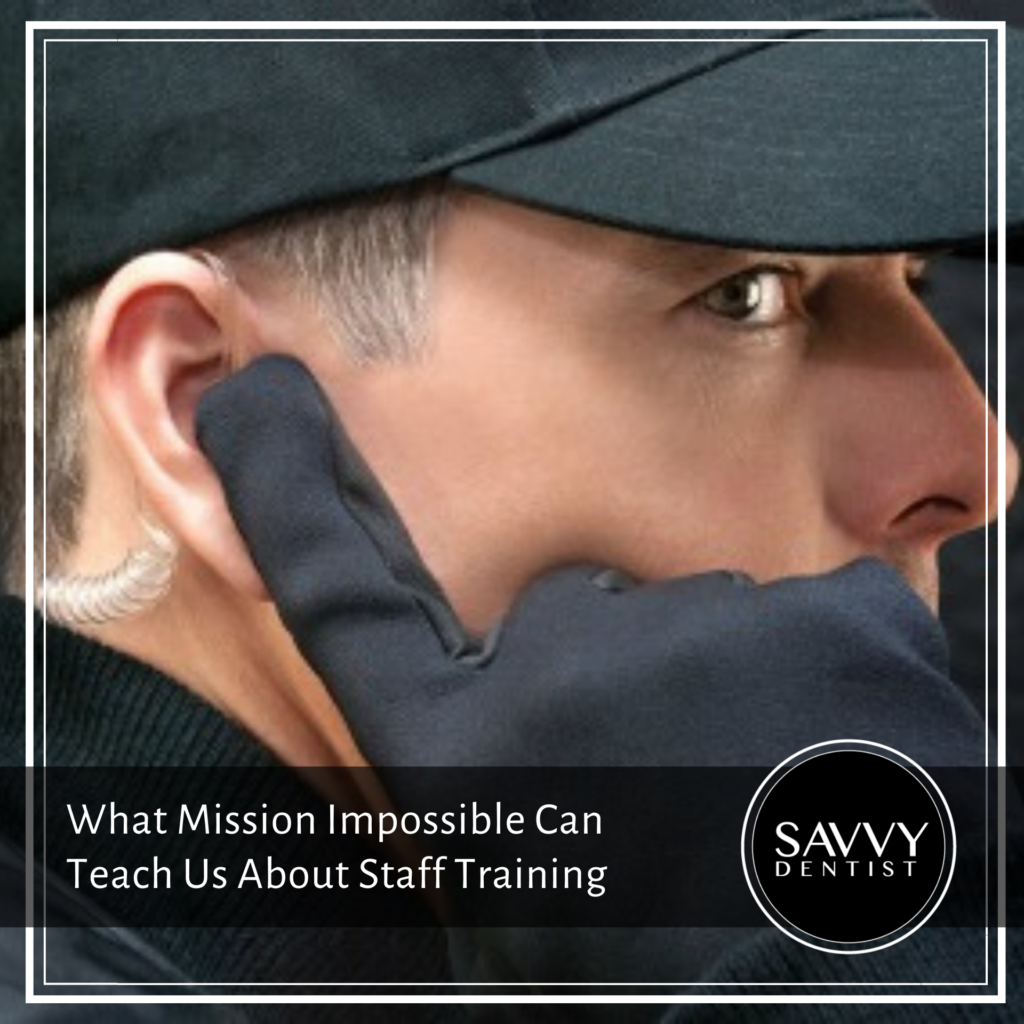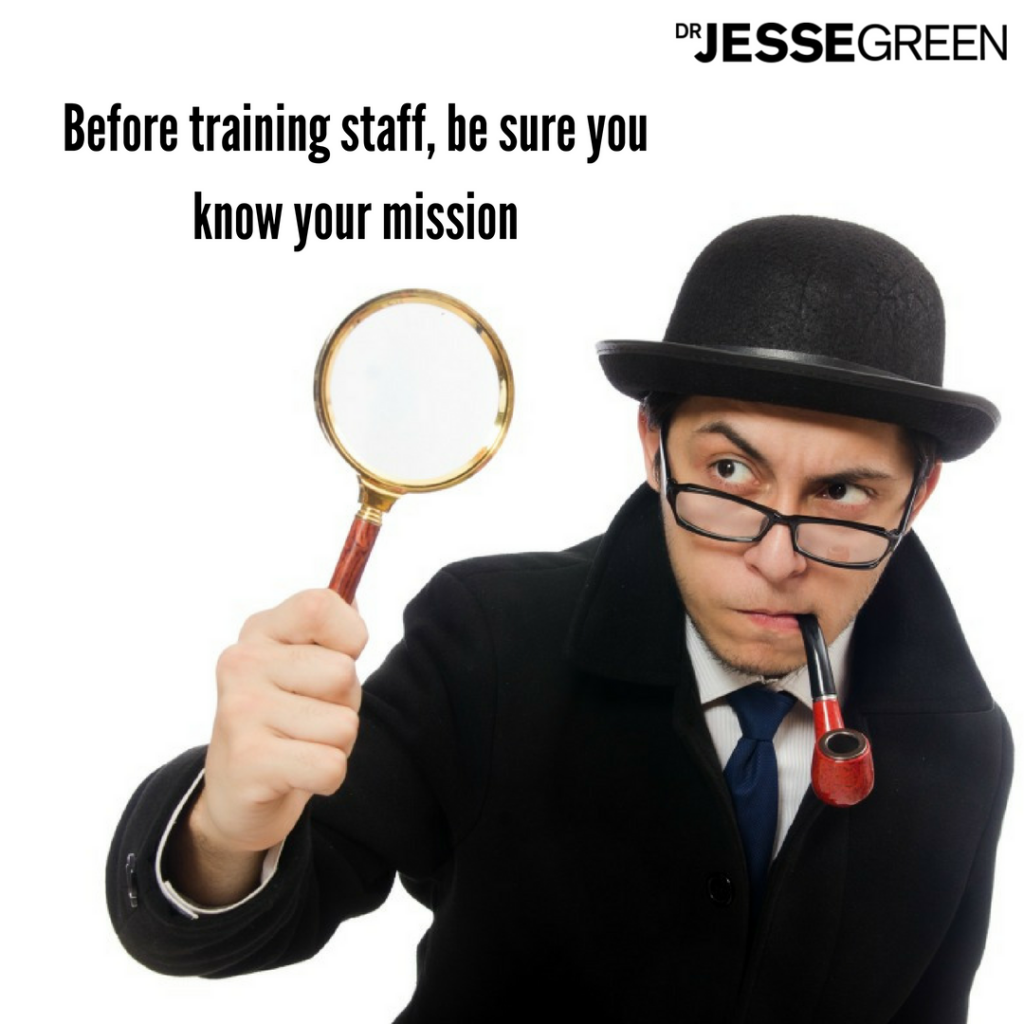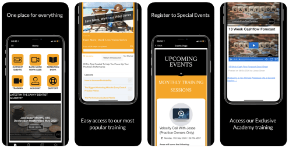Go on, admit it.
You’ve had staff perform poorly in the past. And you know that part of their poor performance is due to lack of training.
It’s OK. We’ve all done it.
We’ve all experienced the guilt that comes from knowing that we’re at least a little to blame for a staff member underperforming.
The trick is to learn from the situation. Learn and move on, to make sure it doesn’t happen again.
But how do you do that? How do you make sure your staff all receive effective training – and you’re not left wallowing in guilt?
I think the trick is to learn from the experts. Find a highly trained organisation, work out what they do, and then implement those techniques.
And that got me thinking. Who is more highly trained than a team of international spies who risk their lives every day for the good of their country?
A crack team of people who take on the toughest missions, and succeed.
So here’s what we can learn from about staff training from Mission Impossible.
1. Know Your Mission
The spies in Mission Impossible had a … well, a mission. They knew where they were going and what they wanted.
And that’s the first step in staff training. To know where your business is headed.
Where is your business going? What do you want to achieve? When do you want to achieve it?
Put together your business mission so you know exactly where you and your team are going.
The analogy in Jim Collins’ book Good To Great, talks about getting the right people on the bus. We’re going to use that analogy throughout this piece, and in this first step, you’re establishing where your bus is going.
2. Organise Your Team
Once you know your mission, you need to put together the team that will help you reach your goals.
When you do this, it’s crucial that you ignore your current staff members. You need to create an organisation chart that will get you where you’re going, without considering who will undertake each role.
Putting together an organisation chart that is independent of your current team ensures you think solely about roles. This ensures you don’t get distracted by individual skills.
So create a role-related organisation chart.
Again, using our bus analogy, this step involves working out what sort of bus you need. How many people it needs to hold, whether it needs four wheel drive capacity – that sort of thing.
3. Define The Roles
Once you’ve got your organisation chart you can start defining roles more clearly. Put together clear job descriptions based on which tasks fit together naturally.
Again, try to suspend your knowledge of your current team. Instead, think about which tasks make sense for each role.
You’re looking at creating sensible role descriptions. Going back to our bus, this step involves working out what seats you need on the vehicle.
You need a driver, a navigator, a ticket collector … what else?
You’re also looking at what responsibilities fit best in which seat. It makes sense for the driver to be responsible for changing gears, rather than the navigator.
4. Train For Anything
Now you’ve got your organisation chart and role responsibilities, you can start matching people to places. And you can review any skills gaps that exist between the individuals and their roles and responsibilities.
So you need to create a chart for each staff member, so you can record where they’re up to in their training. They don’t need to know everything at once, but both you and your staff need to know where they’re up to in their training.
If you don’t have a staff training chart, you can swipe the one in my workbook.
You need to make sure your staff are able to fulfil their roles, but you also need to go one step further.
You need to make sure you have fully trained understudies for each critical role. You can’t rely on having only one person capable of manning reception, for example.
So ensure you have understudies for all key roles, and that the understudies are trained and capable of performing the role.
5. Trust Your Team
OK, so there’s not a lot of trust in Mission Impossible. Anyone could be the mole, and no one trusts anyone else. But then they’re not really a team.
The spies in Mission Impossible are individuals who work for the same organisation. And that’s the key difference.
You can’t afford to be a bunch of individuals – particularly not distrustful ones. You need to trust and rely on each other.
If you can’t trust someone to perform their role or to step in as an understudy, then that’s a concern. A concern you can look to fix if you have a structured training program in place.
Staff Training Is Mission Possible
Staff training is not Mission Impossible, even for busy dental practice owners.
Even the busiest business owners need to know where they’re going. And if you really want to meet your goals, you need to get organised.
So get out your map, and your bus, and start working out what roles you need in your business.
Then engage your staff. Get each of them to help you determine any skills gaps, and ask them to maintain a training chart.
You want a high performing team? It’s not going to happen by accident. It’s going to happen when you take action, plan and execute.
And here’s the great news. Your actions don’t have to be perfect.
You just need to take them.
And there’s no better time than today.






